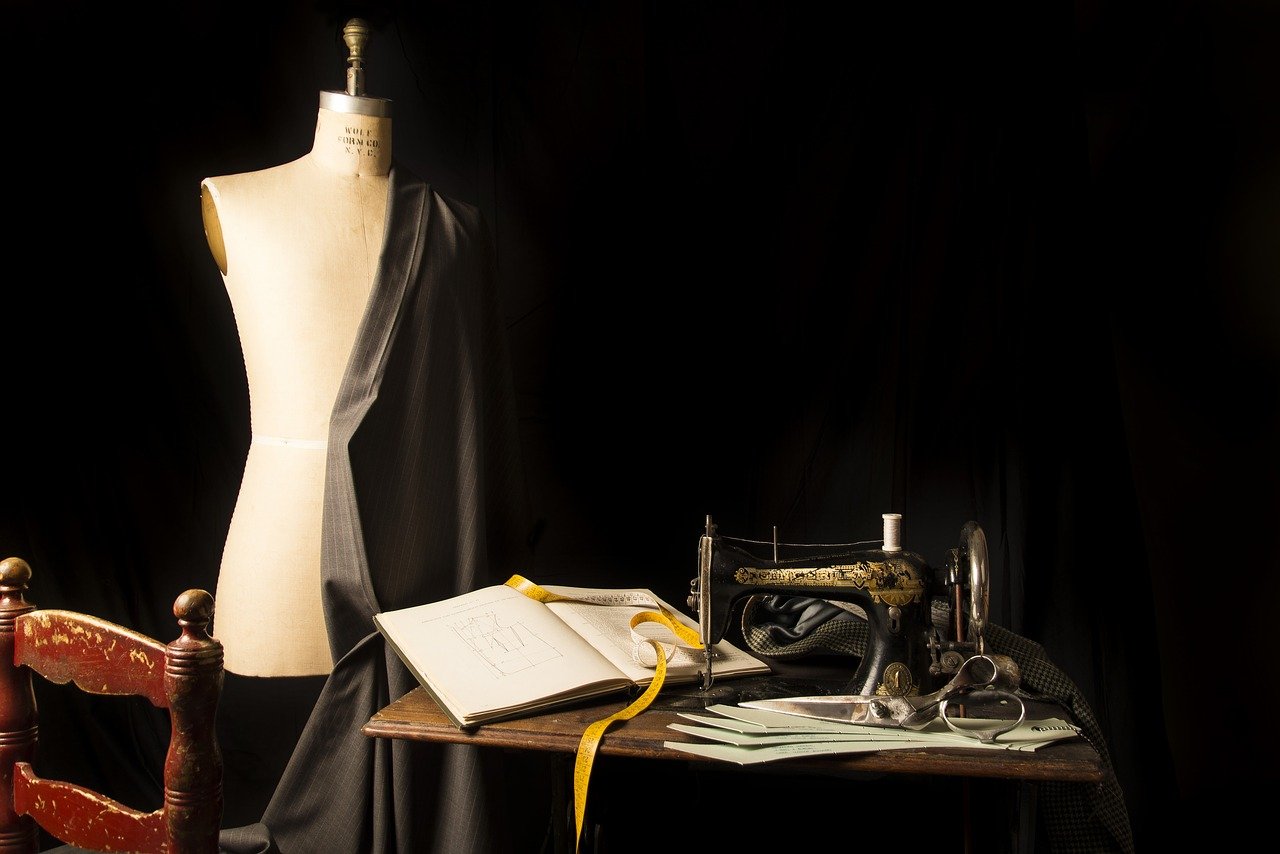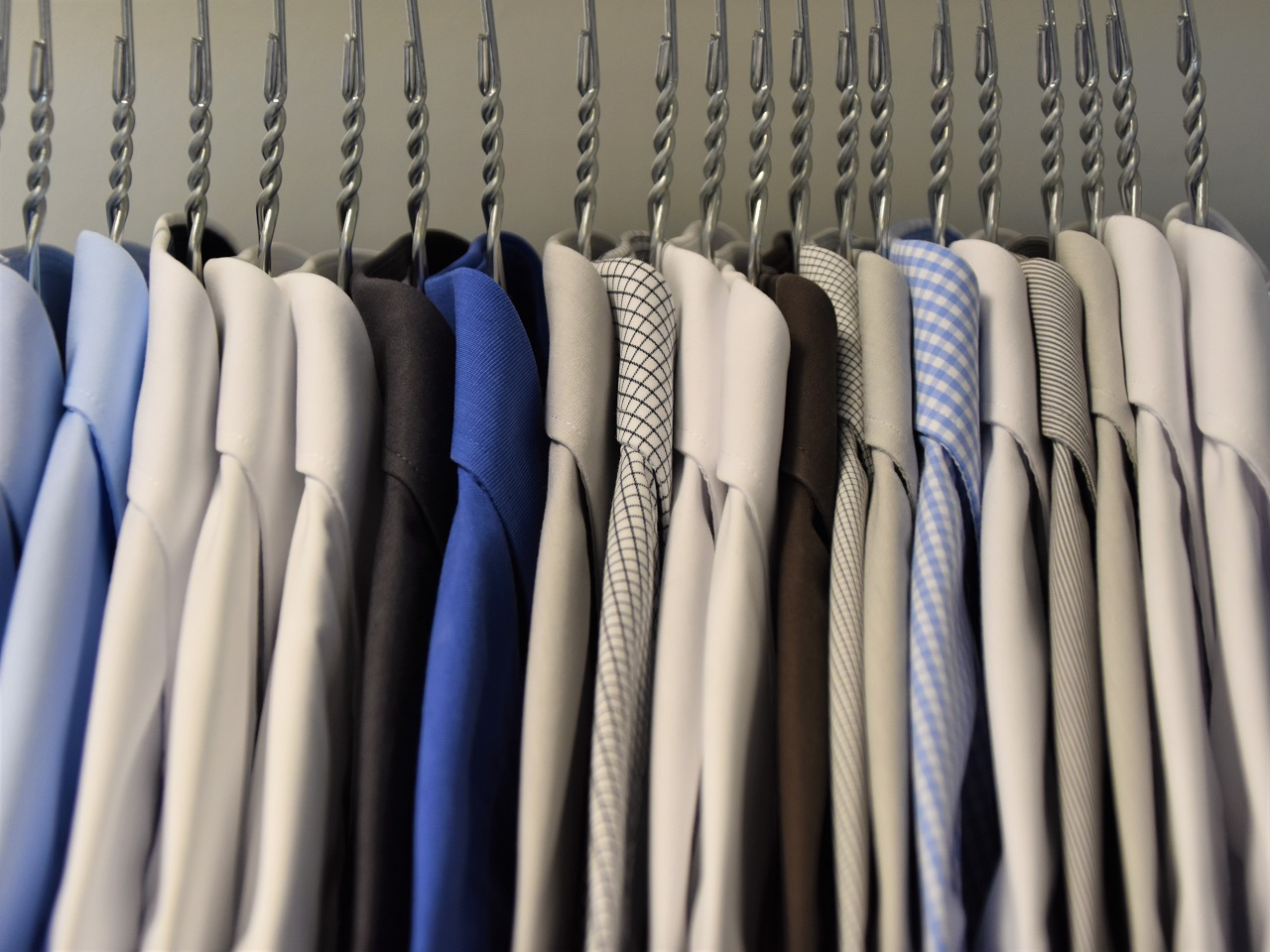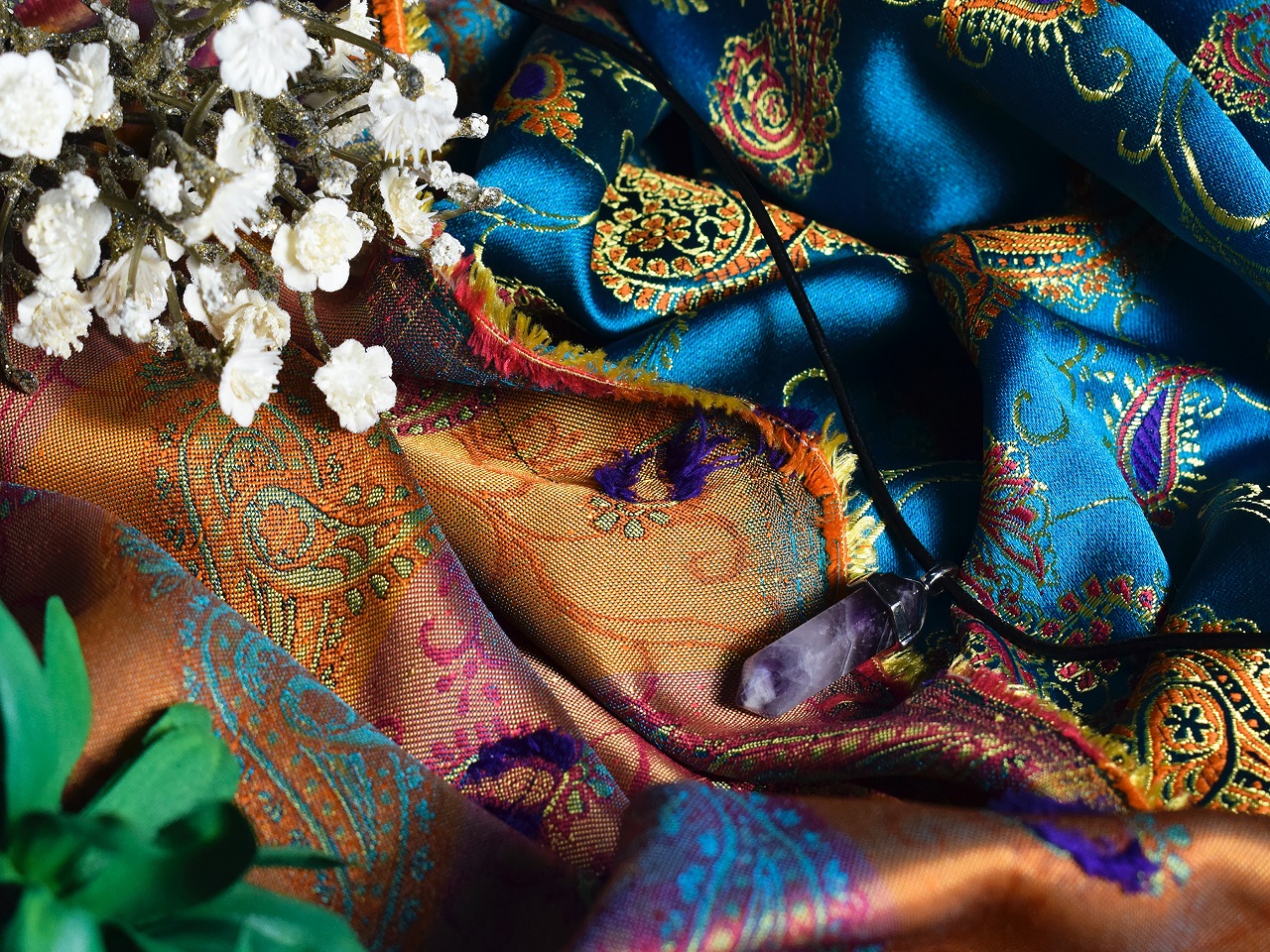home
>
Blog
>
Design
>
How to make clothing patterns: Tips to renew your wardrobe
How to make …
If you are reading this post, it is because at some point you have asked yourself:how to make clothing patterns? Probably one day you looked up and your eyes fell on that sewing machine that is in your house, old, laden with dust and wishing with all his inanimate strength to be useful again. Well, the days when it would shine again have arrived.
No matter the reason that led you to wonder how to create clothing templates. Good for make your own clothes, or if you are thinking of starting a business in the fashion world but you still don’t know how to bring all those ideas you have to reality.
Whatever the reason, you are in the right place to answer all your doubts and leave behind the old pattern magazines. Prepare to take note of all tips and tricks What are we going to give you about how to make clothing patterns👕
Index:
What is a pattern?
What types of patterns are there?
What materials do I need to do it?
How to make clothing patterns?
What clothes can I do it for?
Table of Contents
What is a clothing pattern?
Simply put, a clothing pattern is a paper mold that will help us the confection of any garment that we can imagine, so everything will depend on our ability to think of a design.
If you want to know how to make clothes, you should know that the sewing patterns are indispensable elements.
Who makes clothing patterns? Since it is an essential element in sewing to make garments correctly, either from standardized sizes or custom workWe should say that seamstresses, fashion designers, and tailors are primarily responsible.

Although its use is related to the work of the three mentioned items, thanks to the internet, making clothing patterns has become increasingly common, even adapting to the digital world. For this reason, today it is normal to look for programs to make clothing patterns online.
In case you’re looking to pass from a basic level to an intermediate level In your knowledge of how to make clothes, it is undoubtedly necessary that you master the art of making your own patterns.
What types of patterns are there?
Do not believe it exists only one type of sewing pattern. If you are interested in learning how to make clothing patterns, you should know that you have several options.
This depends on the use What will you give the pattern, how to get it, who uses them and for what …
Next, we detail the most common ones
Domestic
With this type of pattern, the key to the issue is in the word “domestic“.
In this class of sewing patterns, tissue paper, manila (a little thicker) or Kraft paper (thicker than thickest).
 Source: Pixabay
Source: Pixabay
The type of paper will determine what for this pattern is to be used. This class of patterns are very diverse in terms of styles and number of models or sizes.
Like the price also varies, so you must decide on the one that best suits what you need and the type of garment that you are going to make to make clothing patterns.
Industrial
Here we already got massifiers. In this case, this class of patterns is used to create garments in bulk.
For its creation, it requires an eraser in which the designer draws a sketch of what he wants to do. Usually, this clothing pattern is created on manila paper.
Once the first fabric garment is made, is tested on a model. If you have the final OK from the designer, a small garment sample, which is presented to potential customers (usually wholesalers).
Approved? Well, we proceed to scaled (make different patterns for different sizes). Finally minor bugs are fixed and the garment is manufactured.
🥵 Leave the matter, right? But in great detail. If you want to learn how to make clothing patterns, you must understand all the processes.
 Source: Unsplash
Source: Unsplash
Digital
The internet is a vast world of possibilities. With the advent of the digital age, household clothing templates have also undergone a drastic evolution, and it is even possible to access clothing patterns by computer.
How were things in the analog age? You went to your favorite dressmaking shop, looking for a way to make clothing patterns to make the garments and materials to make them yourself. Or you left it in the hands of an expert.
But Everything changed when the tech nation attacked Now? It is possible to get clothing patterns in PDF, with the possibility of downloading them for free and have them always at hand.
It is even possible to make clothing patterns in Autocad. With the internet, the sky is the limit.
Do you want your business to prosper? Sign up for this free Digital Marketing course
What materials do I need to do it?
The tools for making clothing templates will depend on a number of factors:
How related we are to the craft of sewing.
What we want to make.
How adapted we are (or not) to technology.
 Source: Unsplash
Source: Unsplash
As for the basic tools, we assure you that they are nothing to write home about and you probably have most of them in your house, don’t you believe us? Check it out for yourself. You need:
A sewing tape measure, to take the measurements with which you will make the pattern.
A game of rules, straight and curved, depending on what you have in mind.
Pattern paper. We recommend the use of Kraft paper, considered one of the best.
Scissors, pencil and eraser. In case you need to make corrections.
A table for scribing and cutting in a spacious workspace.
You already know what elements you need, now let’s see what the process is.
How to make clothing patterns?
If you want to know how to make clothing patterns, you are on the right path. But you must take into account some considerations.
If you do not have the measurements of the pattern
In case of not have the measurements, either because we do not start from an existing pattern or we do not have a reference garment, we suggest you take them.
Whether you are a man or a woman, you must standing barefoot with arms across the body (If you’re going to take them for yourself, you’re going to need help getting them measured.)
Still don’t have our pack of sewing molds? Download it completely free!

These are the steps to take the measurements:
Place a ribbon at the waist (
ironies of language).Another belt in the pelvis (that is, below the hips).
You must stay at the model’s shoulder height.
With a pencil, draw a mark at the base of the neck and at the edge of the shoulder.
You should hold the tape measure around your chest, waist, and pelvis.
Measure from the waist to the pelvic strap and the distance from the neck to the waist in front and behind.
Find the length of the shoulder.
Then measure the width of the back at the height of the shoulder blades, and that of the chest.
Measure the depth of the neckline and the height of the arms (from the armpits to the waist).
Once you have your measurements, proceed to draw the garment you want to make and make an approximate design of how you want it to look. This way you will know how many separate patterns to make.
Subsequently, trace the length of the pattern on a sheet of paper (perfectly straight), draw horizontal lines that determine the shoulder, bust, waist and hips. Draw the first two and trace a seam allowance around the curved edges. Remember that you must leave at least a centimeter of margin on the edge, because it will be your seam width.
If you want to make a dress or a shirt with sleeves you must create a sleeve pattern. If not, skip this step and proceed to cut and label the pattern pieces. And you’re done!
In the same way, you could also start looking for where to buy clothing patterns according to your tastes, before venturing to make your own.
 Source: Unsplash
Source: Unsplash
If you modify an existing or duplicate one
You can also make the pattern taking references of some clothes that you want to copy. OR duplicate one that already exists. We explain how to do it.
It is enough to place the garment (completely smooth) on the paper of the pattern, pin it down and trace of its outline with the pencil.
Draw a seam allowance around the piece and trace a pattern piece for each section of the garment you want to create.
Subsequently, short each piece created and you will have your clothing pattern Simple and fast!
You still don’t know how to design clothes but are dying to learn? In this tailoring course, you will find everything you need to create your first garment. And speaking of clothes …
What clothes can I make clothing patterns for
The beauty of this technique is that it works … Many types of garments!
From a skirt to pants. From a dress to a shirt and even a bag. There are even underwear patterns, so it is the perfect solution for renew your closet.
You can get clothing patterns for women and men, without distinction. And even to access to baby clothing patterns.
And, if you’re feeling daring, you can ask on Google: how to make dog clothing patterns?And you will get a lot of material! 🐶

Do not you have afraid to experiment. With the right induction, you can create authentic quality designs.
And if you want to dedicate yourself fully to the world of fashion and want to create your own brand, we will show you how you can start.
Pages to download free clothing patterns
The audience’s favorite hour has arrived:free clothing patterns for everyone!
With the help of our invaluable friend (Internet💻) we have the best page options where you can download these templates for free.
You no longer have excuses to make the garments more sophisticated Give your closet a second youth!
In the work area of fashion designers, tailors, seamstresses and other professions related to the manufacture of clothes, making this kind of clothing templates are of utmost importance, since they embody any design on the fabric in a way very precise and uniform.
As you may have realized, learning how to make clothing patterns is a possibility available to anyone. With the right tools, you can create or renew garments and grow within the world of tailoring.
 Source: Unsplash
Source: Unsplash
Its ease of use and the practicality of being able to generate a great variety of garments with a clothing pattern, make this resource one of the most valued within the design and fashion industry.
And you, did you know how to make clothing patterns? What has been your experience? If you are interested in continuing to learn about this incredible world, you can check our blog where you will get the most complete information in relation to this and many other topics of interest.
Let’s keep learning together!


![Discover how to make clothing patterns [GRATIS] 👕 | Crehana](https://graphichow.com/wp-content/uploads/2021/02/1613430693_Discover-how-to-make-clothing-patterns-GRATIS-Crehana-750x536.jpg)